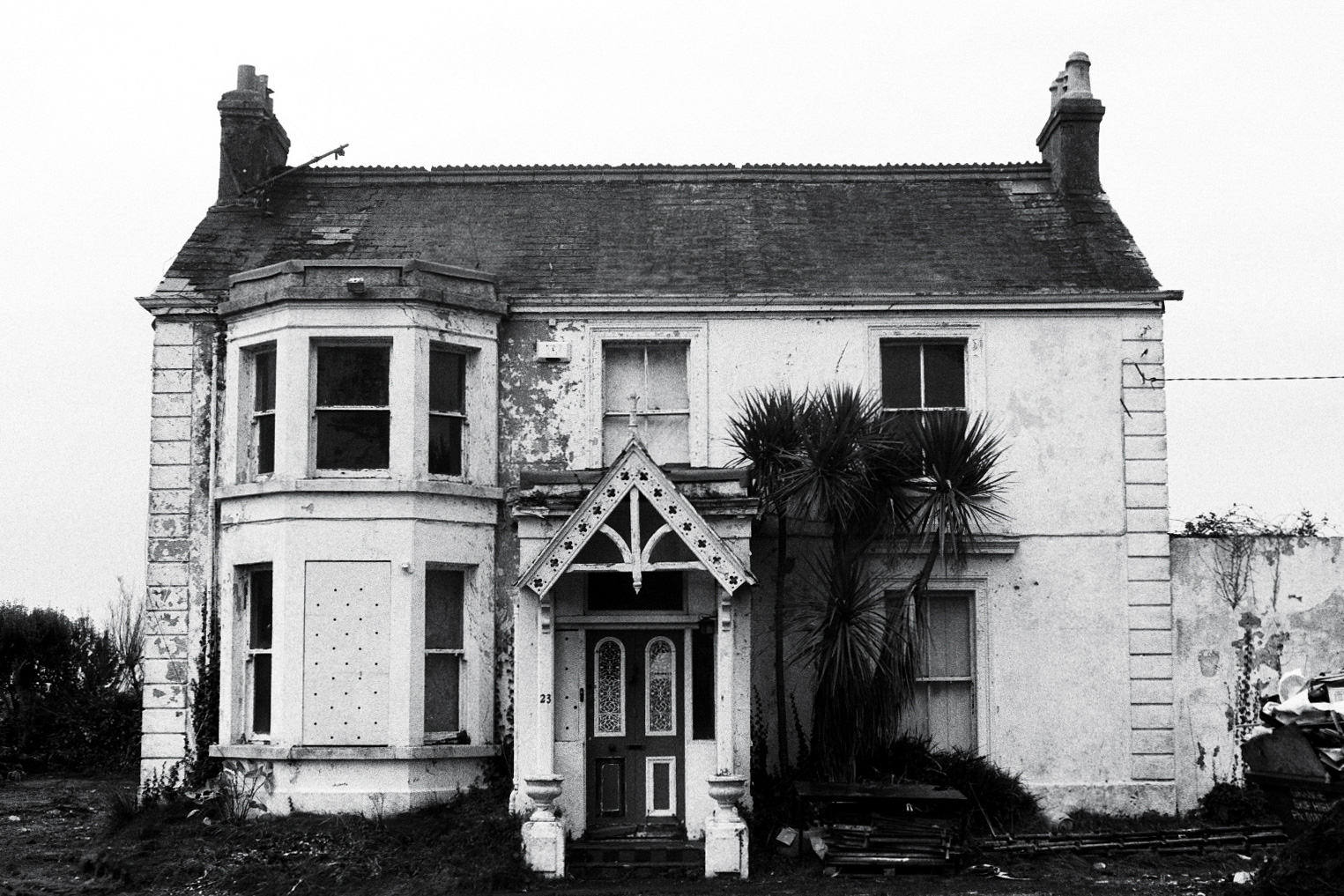Over the past few months I’ve been using film again, after about fifteen years of being solely digital in most of my image making. A few months ago I was reunited with the Nikon FM that I learned on and caught the film bug again. That said, I was never much of a fan of the FM as a general walk around town camera. It is a great camera and beautiful to use but not far enough removed from my Canon 6D, which I really love. The light meter in the FM is also quite good for the time, but I’m totally lazy. Even though as a kid I had learned how to think about light and create an exposure, I’m more likely to trust the dot and snap than pause and think.

Siesta in Orense, Spain.
A couple of months ago while trolling eBay I came across an old Leica M2 with a Leitz Summar lens for £200. Bargain of all bargains I imagined knowing it must be a bit of a wreck. Turned out it was. Shutter was full of holes, timing was off and the body was leaking light.
Repairs of this nature are beyond my novice skills, so I sent it off to Red Dot Cameras in London for an overhaul. Weeks later I got an email to let me know that this one was beyond repair. Disappointed I said thanks and that I’d try myself as this camera would be used and not put in a case like most of its generation. Hours later I got a call saying they would do their best and only charge me about 30% of the original estimate, only the work would not be guaranteed.

Ireland’s Eye
The Summar that was with the M2 has a beautiful dreamy quality similar to putting a bunch of vaseline on the filter. While beautiful, I can get the same effect in photoshop with a little more control. Since then, I was able to get a Summicron 50mm from about the same period in the 1950’s and have been delighted with the results. I blew off a few rolls of colour film winging exposures and at times pulling out the digital camera when I was unsure. The Canon 6D is a pretty incredible light meter… even gives a stunning preview.

The Kid
Previously, the closest I’d come to a rangefinder was a Contax T2 which isn’t one at all but is closer than my SLR cameras. The M2 is old and the patch is dim. Focusing is work. So much so that you slow down. You find yourself thinking about the image, the light, the exposure, the composition and that light sounding click and buttery Leica wind-on which is surprisingly satisfying. Taking pictures of the kids is best done when they are exhausted, unable to move and in exceptionally good light.

Paper tiger. Sutton. Dublin.
Working digitally for so many years has been amazing. Not only are the rewards quick and accessible. So is the learning. There is a great sense of “got the shot”, it’s there on the screen. The massive resolution and tonal range of raw makes tuning all but the worst exposed images a dream. We read about 20 megapixels and wonder if that is enough.
Then you load up a roll of film like HP5 or Tri‑X. The smell gives me flashbacks to being a kid, it’s unmistakeable. For quite a few shots I’d look at the back of the M2 after clicking, forgetting that there was no bright full colour screen and laugh to myself. “See you in a few weeks, I guess”. Better make sure I got the F’n shot? More importantly, what do I want the shot to look like? Where are my darks, lights and midpoints? What film do I have loaded?

Belfast School of Art
Weeks later when the prints arrive it’s quite exciting and refreshingly retro. “oOhs”, “Uhs” and “Mms” followed by a slight sense of satisfaction. Passing around prints is nice, more personal than Facebook, 500px or Whatsapp and sparks a much more interesting conversation that reminds me that we now have two different types of sharing. One that is real, personal and intimate. The other is a whole other conversation, for another time.

Orifice, Orpheus
Getting scans at the same time as processing is also great. A great reminder of how far we have come. None of that depth of tonal range or resolution found in a RAW file. It just is what it is. You either got or you didn’t. Or got something unexpected that will work out just fine. Having less depth in tonal range isn’t a bad thing. The whites are there, the blacks are there as are the mid tones but there is a greater degree of separation between them, making the image more graphic, stronger in composition.
Then, there is that grain. The world of digital photography obsesses about noise and loss of depth at higher ISOs. Seldom is there a discussion about the character of that noise. Tri‑X and HP5 are beautiful films both with unique characters. They are tonally different. Their grain patterns are different. Like an old friend, they are surprisingly forgiving and great fun.

Dad and his island. Sutton, Dublin.
Will I give up digital and just use film? Hell no. I’m a geek. I love new technologies and all the opportunities they bring. My phone is an amazing camera. Using old film and cameras is like a creative savings account that pays over time.
